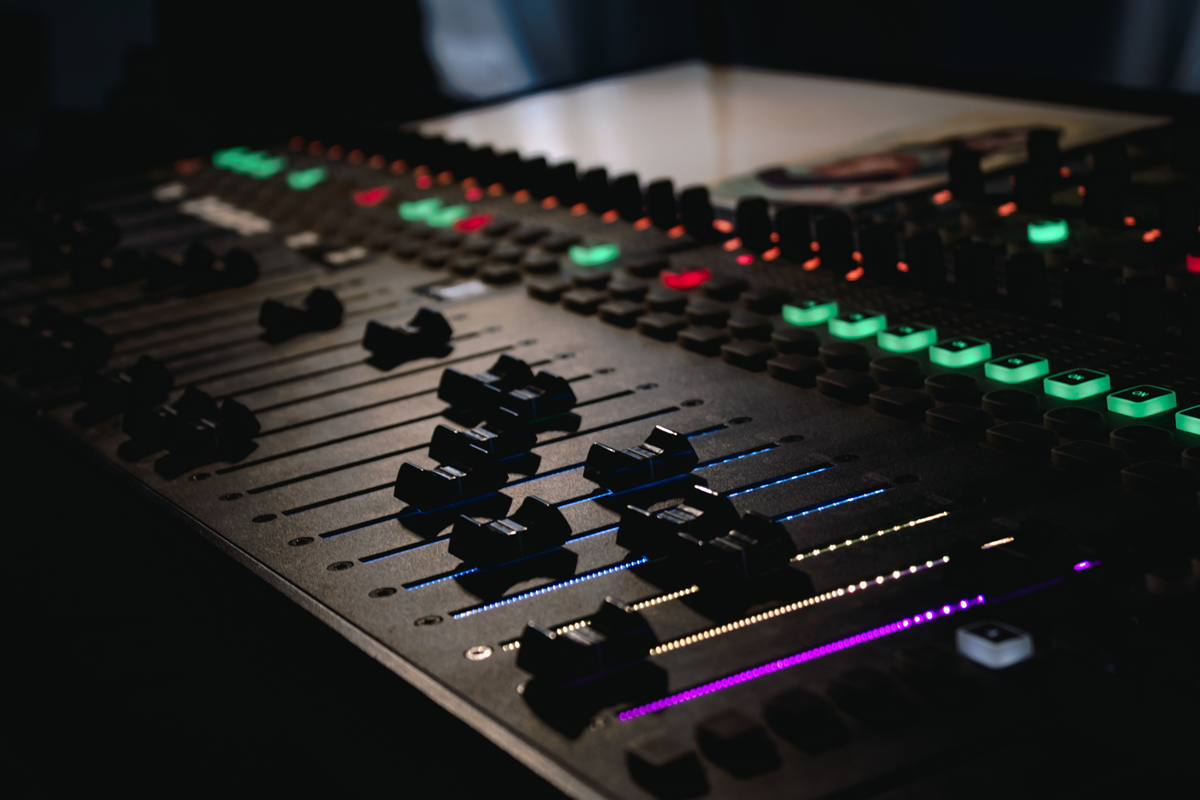
Mixing is an essential step in the music production process. It is the process of blending multiple audio tracks together to create a cohesive final product. The mixing process can be challenging, even downright frustrating if not approached correctly. With the right approach however, you can achieve a polished and professional-sounding mix and take you productions to new heights.
In this blog post, we will discuss how to approach the mixing process and provide a list of key points to keep in mind. And while there is (strictly speaking) no definitive method, the following outline will help to give you a good basis to work from. Having a process means you will have a structure to work to. This will help you to avoid overworking certain areas and neglecting others.
1. Final editing
All the recording and editing should now be finished and audio editing completed in your DAW.
Once you’re happy with the track’s composition
2. Start with a clean slate
The first step in approaching the mixing process is to start with a clean slate. This means that you should begin by setting all of your fader levels to zero and removing any unnecessary effects and discarding unwanted audio. This will give you a blank canvas to work with and ensure that your mix process is as clean and organised as possible.
3. Set your levels
Once you have a clean slate, the next step is to set your levels. This means adjusting the volume of each individual track so that they are balanced and working together harmoniously. The goal is to create a balance between all of the tracks so that none of them are overpowering the others. You should also use fader automation here. Fader automation allows you to make adjustments to the overall level of each track in the mix, creating a dynamic and polished sound.
4. EQ each track
After setting your levels, the next step is to EQ each track. EQ, or equalization, is the process of adjusting the frequency balance of an audio signal. This can be done using a variety of tools such as a graphic equalizer or a parametric equalizer. All DAWs have digital EQ plugins as standard. You can also purchase digital EQ plugins to expand on those provided or if you have one available, use a hardware EQ unit. The goal is to shape the individual tracks so that they fit together seamlessly and enhance the overall sound of the mix.
5. Add crossfaders
Crossfaders should be added after all the individual tracks have been properly balanced and EQ’d, and are ready to be combined into a final mix. You can use the crossfader to make smooth transitions between different elements of the mix, such as between the various sections and also between edits where the audio has been cut or spliced together. As good practice some engineers will add crossfaders to the edited or spliced sections in the initial editing phase to eliminate any clipping. You should use this phase to check that all crossfaders have been added where necessary.
6. Use panning
Panning is the process of adjusting the stereo image of an audio signal. This can be done using a variety of tools such as a pan pot or a stereo panner. The goal is to create a sense of space and depth in the mix by positioning different tracks in different parts of the stereo field.
7. Apply compression
Compression is the process of reducing the dynamic range of an audio signal. This can be done using a variety of tools such as a compressor or a limiter. The goal is to create a consistent level of loudness throughout the mix and to control the overall dynamic range.
8. Use effects
Effects such as reverb, delay, and distortion can be used to add depth, texture, and character to a mix. The goal is to use effects sparingly and strategically to enhance the overall sound of the mix.
See our previous blogs on compression & reverb
9. Listen to your mix
The final step in approaching the mixing process is to listen to your mix. This means listening to the mix on different speakers and in different environments to ensure that it sounds good in all situations. It is also important to take breaks and come back to the mix with fresh ears. This will help you to identify any areas that need to be tweaked or adjusted.
Conclusion
In conclusion, mixing is undoubtedly a crucial stage in the creation of music. It is the art of producing a finished product that is coherent. When the right ingredients come together, reaching that goal is tremendously fulfilling, and with enough care and attention to a structured process, one you can accomplish yourself.
To recap, the key to approaching the mixing process is to start with a clean slate, set your levels, EQ each track, use panning, apply compression, use effects, and listen to your mix. By following these steps and keeping these key points in mind, you can achieve a polished and professional-sounding mix. The more you mix the better you will get and improve on your own processes.
